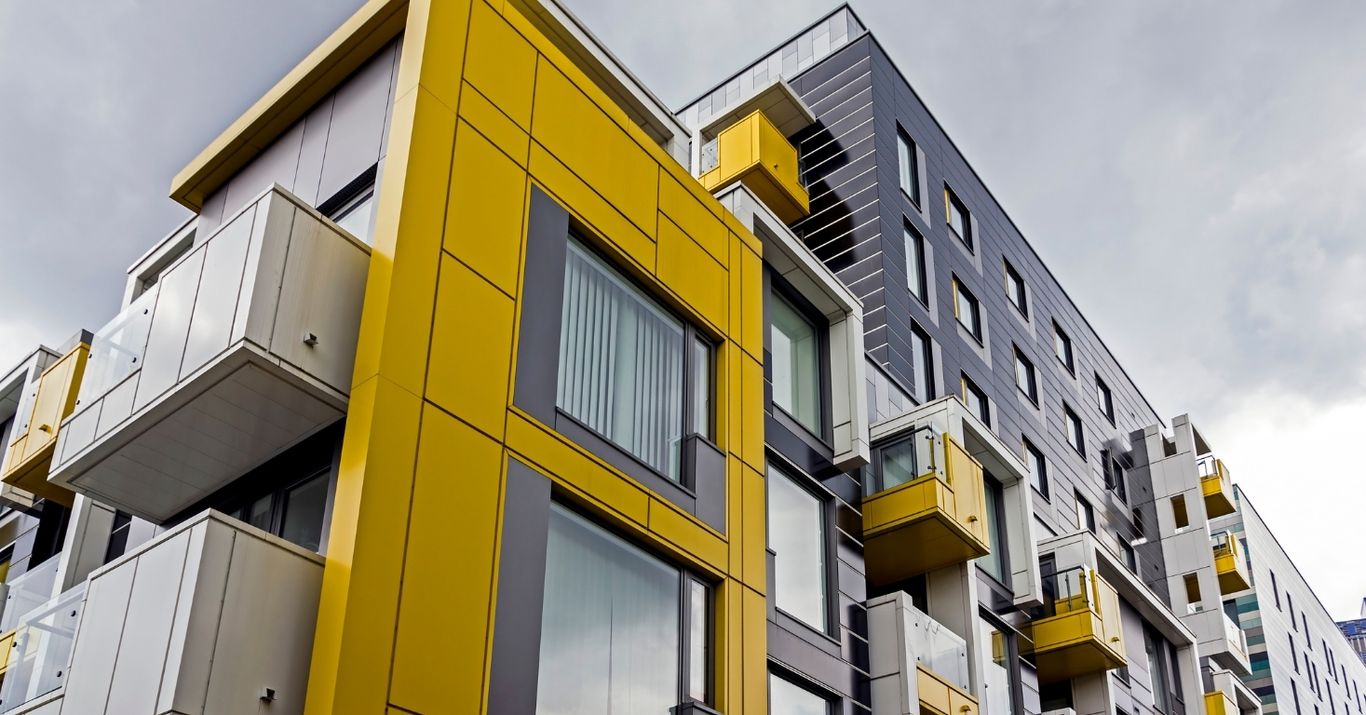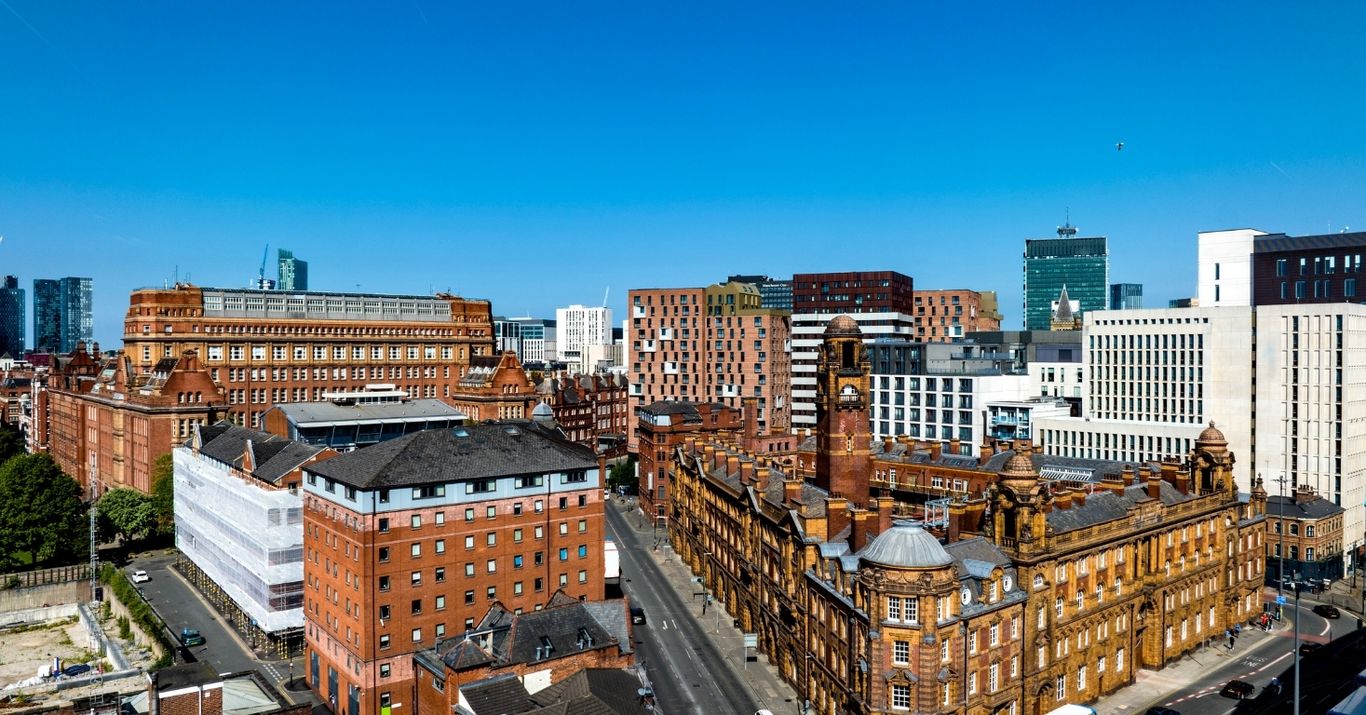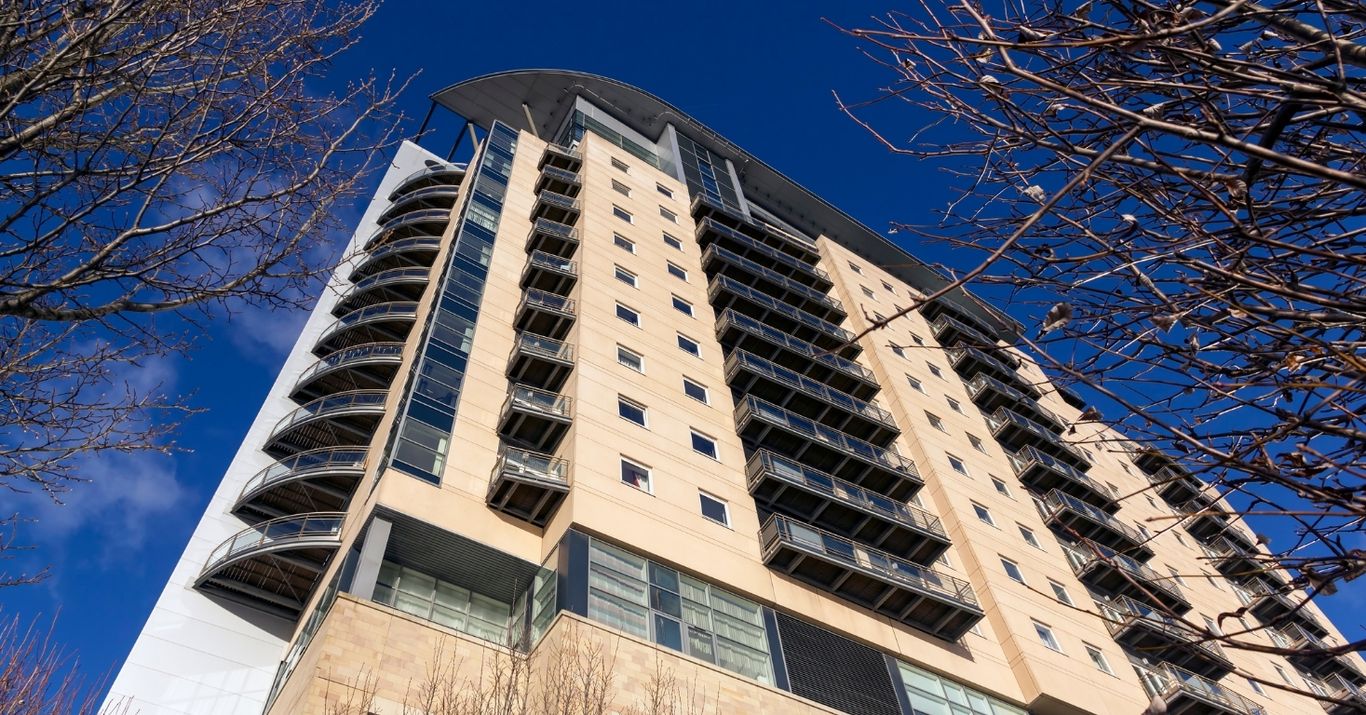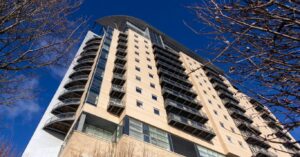
The Rise of Mixed-Use Developments in Manchester: Creating Sustainable Urban Communities
In recent years, Manchester's skyline has undergone a dramatic transformation. The city once defined by its industrial past is now characterized by innovative architectural designs that blend residential, commercial, and leisure spaces into cohesive communities. These mixed-use developments in Manchester are redefining urban living while addressing crucial sustainability challenges. This comprehensive exploration examines how these integrated developments are reshaping the city's future and creating more vibrant, connected, and environmentally responsible urban spaces.


What Are Mixed-Use Developments?
Mixed-use developments combine multiple property types within a single project or closely connected area. Unlike traditional urban planning that separates residential zones from commercial and industrial areas, these developments integrate various functions—residential apartments, office spaces, retail outlets, leisure facilities, and sometimes even cultural venues—all within one cohesive design. The concept isn't entirely new to Manchester. The city's industrial heritage featured mills and factories that often incorporated worker housing nearby. However, today's mixed-use developments represent a sophisticated evolution of this principle, designed to enhance quality of life while reducing environmental impact.
Why Manchester Has Embraced Mixed-Use Developments
Manchester's transformation into a hub for mixed-use developments stems from several interconnected factors:-
Urban Regeneration Imperatives
-
Population Growth and Housing Demand
-
Economic Diversification
-
Sustainability Goals
Landmark Mixed-Use Developments in Manchester
Several prominent projects showcase the variety and impact of mixed-use developments across Manchester:-
The Culcheth Lane Development by MKenny Properties
-
Spinningfields
-
NOMA
-
MediaCityUK
-
Kampus
-
Mayfield

Sustainability Benefits of Mixed-Use Developments
Mixed-use developments offer significant sustainability advantages that align with Manchester's environmental goals:-
Reduced Transportation Needs
-
Energy Efficiency Opportunities
-
Efficient Land Use
-
Green Infrastructure Integration
Social and Economic Impacts
Beyond environmental benefits, mixed-use developments are reshaping Manchester's social fabric and economic landscape:-
Community Formation
-
Local Economic Resilience
-
Housing Market Diversification
-
Cultural Vibrancy
The Developer's Perspective: Creating Successful Mixed-Use Communities
Developing successful mixed-use projects requires specialized expertise that goes beyond traditional single-use development. As Manchester-based property development specialists like MKenny Properties have demonstrated, several factors are crucial for mixed-use success:-
Vision-Driven Development
-
Stakeholder Engagement
-
Long-Term Investment Perspective
-
Adaptive Design Flexibility
Challenges and Considerations
Despite their many benefits, mixed-use developments in Manchester face several challenges:-
Planning Complexity
-
Investment Structures
-
Management Requirements
-
Gentrification Concerns
The Future of Mixed-Use Development in Manchester
Looking ahead, several trends are likely to shape the evolution of mixed-use developments in Manchester:-
Increased Sustainability Standards
-
Technology Integration
-
Health and Wellbeing Focus
-
Adaptable Spaces




Comments